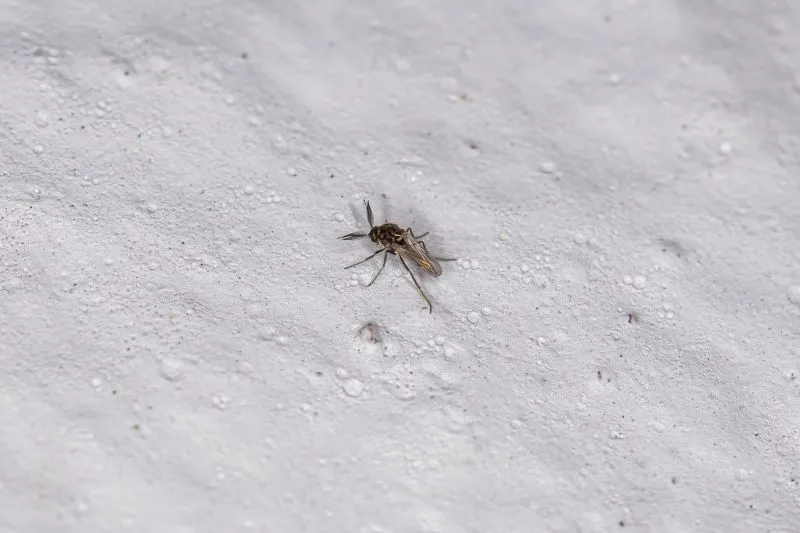Understanding Oropouche Virus: An Emerging Public Health Concern

What Is Oropouche Virus?
Oropouche virus, also referred to as sloth fever, originated in Trinidad and Tobago in 1955. It has gained notoriety due to rising infection rates, with reports exceeding 500,000 cases since its discovery. Approximately 60% of those infected show symptoms resembling dengue or Zika, including fever, chills, and joint pain.
Transmission and Risks
This virus spreads primarily through insect bites, particularly from midges and mosquitoes. Areas experiencing deforestation and climate change face heightened transmission risks. The Pan American Health Organization has warned of the high public health risk associated with this virus.
Current Outbreaks
- Local transmission has been reported in several South American countries.
- Cases involving US travelers returning from affected regions have been documented.
- Pregnant women are advised to avoid travel to highly infected areas.
Protective Measures
Currently, no vaccine is available for Oropouche virus, making preventive measures crucial. Health officials recommend staying indoors during peak biting hours and using effective mosquito repellents.
This article was prepared using information from open sources in accordance with the principles of Ethical Policy. The editorial team is not responsible for absolute accuracy, as it relies on data from the sources referenced.